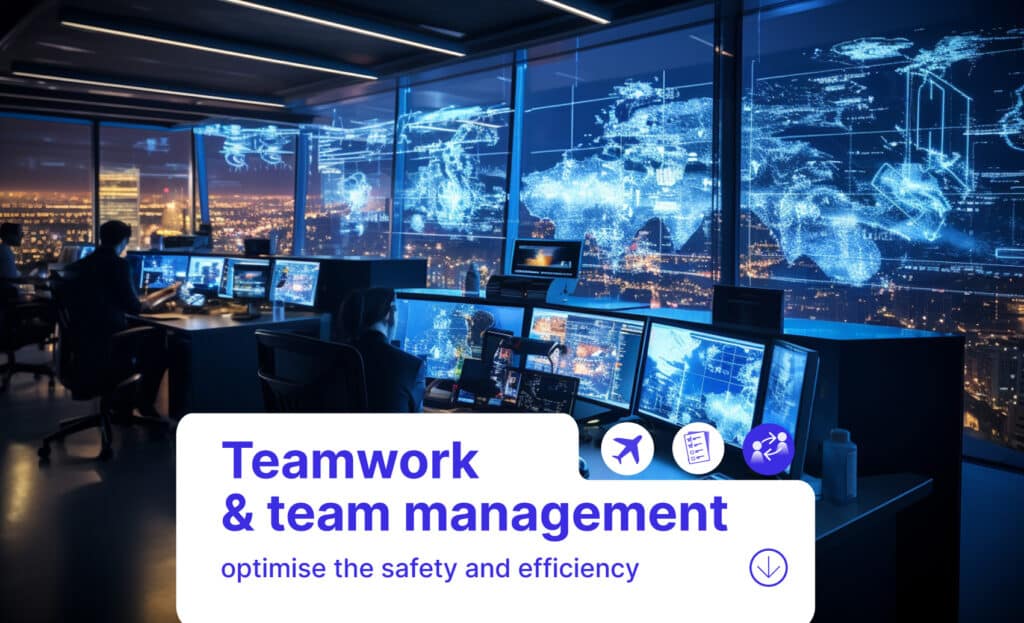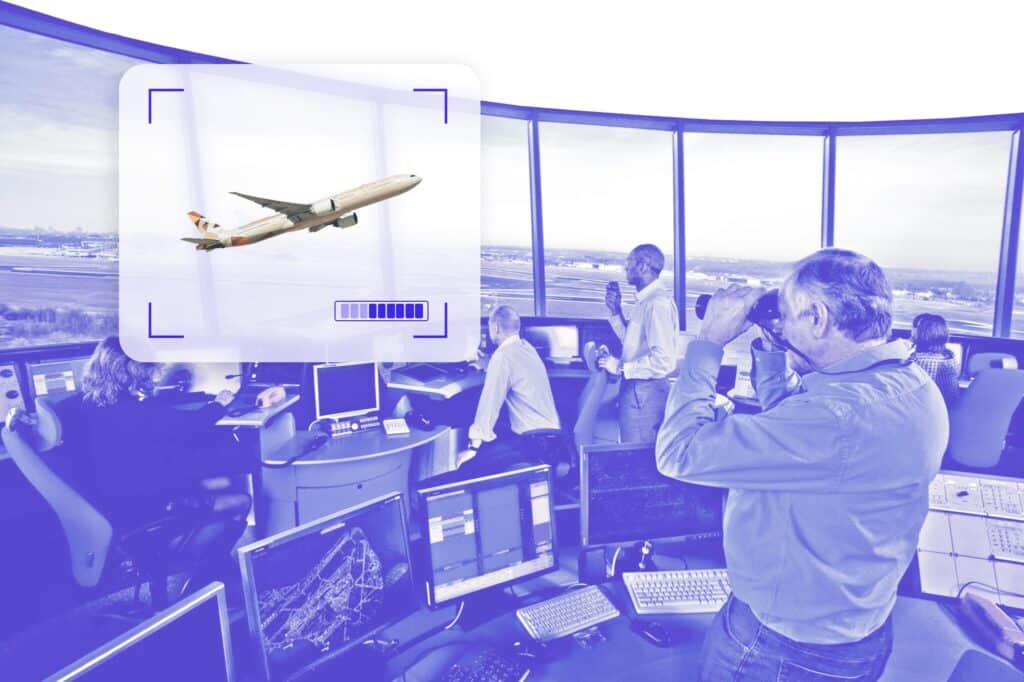
Air Traffic Services is a safety-critical field where a faulty decision, misheard information or poor leadership can have disastrous consequences.
Enter Team Resource Management (TRM).
Based on Crew Resource Management (CRM) principles and supported by the more recent Maintenance Resource Management (MRM), TRM operates as a strategic approach designed to prevent aircraft operations against common causes of system failures.
Discover all our aviation-related topics.
TRM is a strategic approach that advocates for the best use of all available resources – information, equipment, and people, to optimise the safety and efficiency of air traffic services.
It was created because it was found that many operational issues often stem from failures in human performance and teamwork. In the early 1990s, aircraft operators had already incorporated the concept of Crew Resource Management (CRM) into flight crew training for many years. Strong evidence demonstrated that these programs successfully reduced accident and incident rates. They identified TRM as a means to apply CRM principles.
Like CRM, Team Resource Management recognises the essential role of human factors and interpersonal behaviour in achieving operational safety.
Effective TRM requires the best use of all available resources to support a safe and efficient operation, reducing both the incidence of error and the consequences of residual error. A focus on TRM is especially designed to improve the functioning of air traffic control teams. It achieves this by increasing awareness and understanding of interpersonal behaviour and human factor capabilities related to operational safety.
EUROCONTROL initiated one of the first TRM training programs. It began with modules on Teamwork, Team Roles, Communication, Situational Awareness, Decision Making, and Stress. Since then, TRM has evolved to encompass the management of errors, violations, and the impacts of automation. This holistic approach equips ATC teams with a comprehensive skill set to navigate the complexities inherent in their roles.

The advantages of TRM go beyond just theoretical improvements. They translate into tangible results that benefit both safety and operational efficiency. TRM helps reduce teamwork-related incidents and enhance task efficiency. It also improves staff resource utilization and promotes continuity and stability within teams. Moreover, it fosters a sense of belonging to a larger, more efficient team, ultimately leading to increased job satisfaction among team members.
The main benefits of Team Resource Management include:
Team Resource Management is a powerful tool. When a TRM program is appropriately designed, implemented, and sustained, it can become a crucial safety initiative for Air Navigation Services Providers (ANSPs). By integrating TRM principles into the very fabric of the organization, ANSPs can foster a safety culture that encompasses all aspects of their operations.
Team Resource Management (TRM) principles are crucial for the aviation industry to ensure safety and efficiency in all operations. TRM will continue to serve as the foundation of air traffic services success, even as technology advances and airspace becomes more complex.
We design our CRM Trainer Course to give you an in-depth understanding of TRM’s critical role in aircraft operations. By enrolling in this course, you will learn how TRM plays a crucial role in ensuring the safety and efficiency of flights. You will gain a comprehensive understanding of TRM principles and learn how to apply them in different real-world scenarios.
Contact us to find out more at +45 26 37 39 39 or ask@naviminds.com.
© 2024 NaviMinds – Designed by Aveo web&marketing